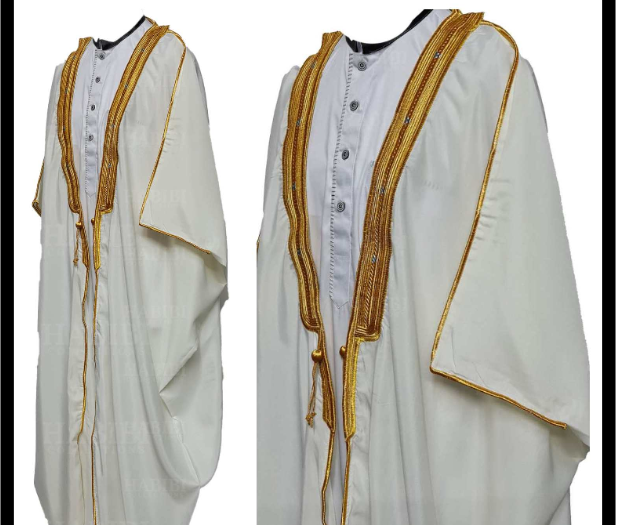Bisht is a traditional outer garment that holds a significant place in Middle Eastern fashion. With its rich history, cultural significance, and various styles, Bisht is not only a clothing item but also a representation of tradition and heritage. Let’s explore the origin, variations, and artistic craftsmanship of Bisht, along with its role in traditional celebrations and the famous personalities associated with it.
Introduction:
Originating from Middle Eastern countries, Bisht is a loose overcoat that is typically worn over a thobe, the traditional long white robe. It is crafted from luxurious materials like wool, silk, or cashmere, making it a symbol of elegance and refinement. The word “Bisht” itself carries historical connotations and is derived from the Persian word “peshwas” which means cloak or outer garment.
The Bisht holds a significant cultural and historical value in the Middle East. It has been worn by men for centuries, symbolizing power, prestige, and social status. The craftsmanship involved in creating a Bisht is meticulous, with skilled artisans dedicating hours to hand-stitching intricate patterns and embellishments.
Traditionally, bights were worn by nobles, rulers, and high-ranking officials during special occasions, such as weddings, religious ceremonies, and formal gatherings. The opulence of the Bisht reflected the wearer’s wealth and influence, showcasing their elevated position in society.
Over time, the Bisht has evolved from being exclusively worn by the elite to becoming a popular garment among men from various social backgrounds. Today, it is not uncommon to see bights being worn by grooms on their wedding day or by men attending festive celebrations.

The design of the Bisht varies across different regions, with each area adding its own unique touch. In Saudi Arabia, for example, the Bisht is typically made from wool and features intricate gold or silver embroidery. In the United Arab Emirates, the Bisht is often made from luxurious fabrics like silk and is adorned with colourful thread work.
Bishts are not only limited to the Middle East; they have gained popularity worldwide, with fashion designers incorporating elements of the Bisht into their collections. The flowing silhouette and regal aura of the Bisht have made it a sought-after fashion statement, transcending cultural boundaries.
Furthermore, the Bisht has become a symbol of identity and heritage for many individuals. It represents a connection to their roots and serves as a reminder of their cultural heritage. In recent years, there has been a resurgence of interest in traditional clothing, leading to a renewed appreciation for the Bisht and its historical significance.
Whether worn for cultural, religious, or fashion purposes, the Bisht continues to captivate people with its timeless elegance and rich history. Its presence adds a touch of grandeur to any outfit, making it a cherished garment that embodies tradition and sophistication.
Also Read This: Kanikama: Exploring the Culinary Delight Carb Sticks
The Origin and History of Bisht:
The history of Bisht traces back centuries, showcasing the enduring cultural heritage of the Middle East. This traditional garment has seen influences from various cultures and civilizations that have shaped the region’s history. From the time of the Ottoman Empire to the Arab Bedouin tribes, Bisht has evolved in style and design, adapting to the changing times while still maintaining its timeless appeal.
Initially, Bisht was primarily worn by royalty and nobility as a symbol of status and authority. The ornate designs and opulent fabrics used in their creation were reserved for the elite. The intricate embroidery, delicate beadwork, and luxurious materials such as silk and velvet made each Bisht a masterpiece, reflecting the wealth and power of its wearer.
As the centuries passed, Bisht began to transcend its exclusive association with the upper class and became more accessible to the general public. This shift in accessibility allowed for a wider range of designs and materials to be used in creating Bisht. Different regions and communities started incorporating their unique cultural elements into the garment, resulting in a rich tapestry of styles and patterns.
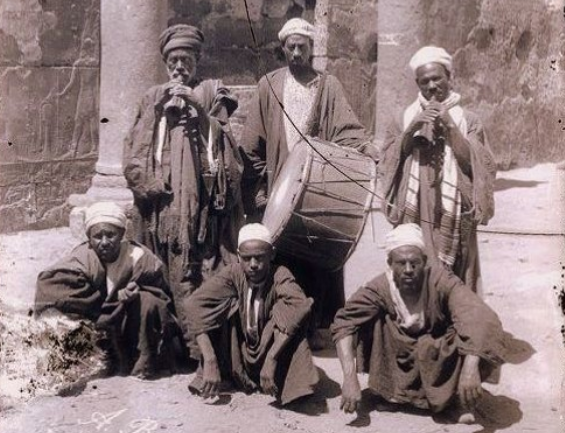
The influence of the Ottoman Empire can be seen in the structured silhouette of the Bisht, with its wide sleeves and flowing length. The Arab Bedouin tribes, known for their nomadic lifestyle, added their own touch by incorporating practical features such as pockets and adjustable closures, making the Bisht a versatile and functional garment.
Throughout history, Bisht has been worn on various occasions, from formal events and religious ceremonies to everyday wear. Its versatility and adaptability have made it a staple in Middle Eastern fashion, transcending trends and remaining a symbol of cultural pride.
Today, Bisht continues to be cherished and worn by people across the Middle East and beyond. It has also gained recognition on the international fashion stage, with designers incorporating Bisht-inspired elements into their collections. The intricate craftsmanship and timeless elegance of Bisht serve as a testament to the rich cultural heritage of the region.
The Cultural Significance of Bisht in Middle Eastern Fashion:
The cultural significance of Bisht in Middle Eastern fashion cannot be overstated. It is not merely a piece of clothing; instead, it has deep-rooted connections to tradition, identity, and cultural heritage. Bisht is often handed down from one generation to another, becoming a cherished heirloom that carries stories of familial pride and history.
One cannot fully appreciate the cultural significance of Bisht without delving into its rich history. The origins of this traditional garment can be traced back to the Arabian Peninsula, where it was worn by Bedouin tribes as a protective outer layer against the harsh desert climate. Over time, Bisht evolved from a practical necessity to a symbol of prestige and social status.
Furthermore, Bisht plays a crucial role in religious and ceremonial occasions. Janadriyah, the annual national heritage and cultural festival in Saudi Arabia, is incomplete without the traditional Bisht adorning the men. It signifies respect, heritage, and the unifying bond of tradition among the attendees.
During religious celebrations such as Eid al-Fitr and Eid al-Adha, men often wear Bisht as a mark of reverence and devotion. The flowing fabric and intricate embroidery of the Bisht add an aura of elegance and grandeur to these joyous occasions. It is a visual representation of the wearer’s commitment to their faith and cultural heritage.
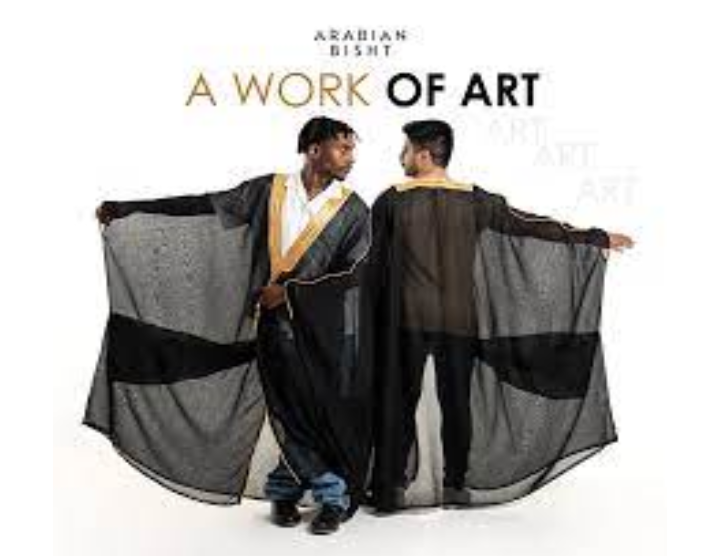
Moreover, Bisht is not limited to formal events and religious ceremonies. It has become a fashion statement, with modern designers incorporating elements of Bisht into their collections. The fusion of traditional and contemporary styles has given rise to a new wave of Middle Eastern fashion, where Bisht serves as a symbol of cultural pride and a bridge between the past and the present.
Each region within the Middle East has its own unique variation of Bisht, reflecting the diverse cultural tapestry of the area. In Saudi Arabia, the Bisht is typically made of wool and features intricate gold or silver embroidery, while in the United Arab Emirates, it is often made of lighter fabrics such as silk or cotton. These regional variations not only showcase the craftsmanship of local artisans but also highlight the individuality and diversity of Middle Eastern fashion.
It is important to note that the cultural significance of Bisht extends beyond the Middle East. In recent years, Bisht has gained international recognition and has been embraced by fashion enthusiasts around the world. Its timeless elegance and cultural symbolism have made it a sought-after garment for those who appreciate the beauty and heritage of Middle Eastern fashion.
In conclusion, the cultural significance of Bisht in Middle Eastern fashion is multifaceted and deeply rooted in tradition, identity, and cultural heritage. From its historical origins to its role in religious and ceremonial occasions, Bisht serves as a symbol of pride, respect, and the unifying bond of tradition. Its influence extends beyond the Middle East, captivating fashion enthusiasts worldwide and bridging the gap between cultures.
Different Styles and Variations of Bisht:
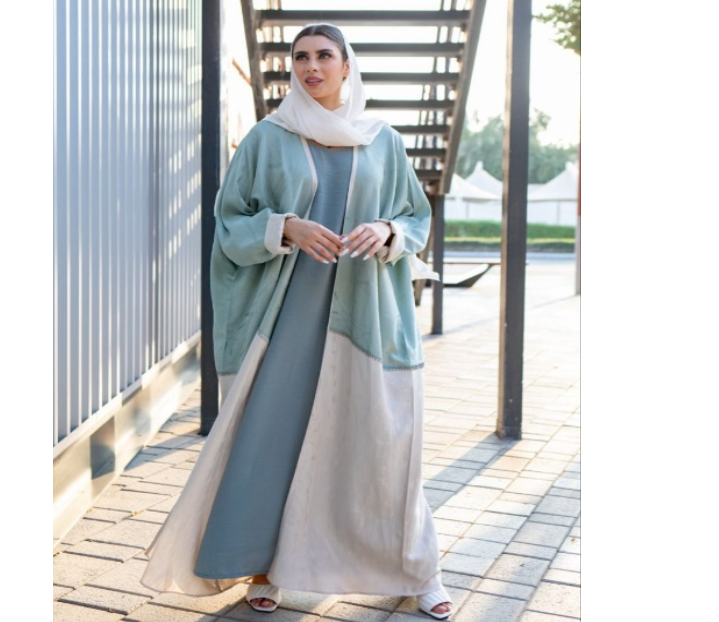
Over time, Bisht has evolved into various distinct styles, reflecting the diverse preferences and regional variations across the Middle East. From Saudi Arabia’s brightly coloured Bisht with intricate embroidery to the more subdued shades and patterns of Kuwait and Iraq, each style represents a unique cultural identity.
In addition to regional variations, Bisht can be further categorized based on different occasions. The everyday Bisht, known as “Bisht al-yawn,” is less elaborate compared to ceremonial Bishts. Ceremonial Bishts are meticulously crafted, often embellished with gold or silver threads, pearls, and precious gemstones. These extravagant designs are reserved for weddings, formal events, or the attire of esteemed personalities.
The Role of Bisht in Traditional Celebrations and Ceremonies:
Throughout the Middle East, Bisht plays a significant role in traditional celebrations and ceremonies. It symbolizes elegance and sophistication while marking important milestones in an individual’s life.
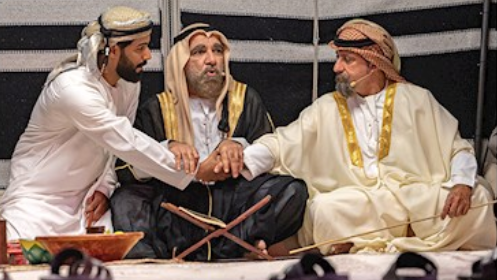
One such event where Bisht takes centre stage is the “Ardha” or the traditional sword dance. This ceremonial dance is commonly performed during weddings, national holidays, and other festive occasions. Men wearing their finest Bishts join in rhythmic movements, showcasing their pride and unity as they celebrate their cultural heritage.
Famous Personalities and Historical Figures Associated with Bisht
Over the years, numerous famous personalities and historical figures have been associated with Bisht. From politicians to iconic entertainers, Bisht has been donned by many prominent individuals, further solidifying its status as a symbol of prestige.

In Saudi Arabia, King Salman and other members of the royal family are often seen wearing Bishts during formal events and official ceremonies. This not only represents their connection to tradition but also emphasizes their position as guardians of their nation’s culture and heritage.
Internationally, Bisht has caught the attention of influential figures. Legendary Egyptian singer, Umm Kulthum, captivated audiences with her mesmerizing performances while draped in a captivating Bisht. From Iraq’s celebrated poet, Ahmed Shawqi, to UAE’s founding father, Sheikh Zayed bin Sultan Al Nahyan, Bisht has adorned the likes of visionaries and leaders.
The Art of Bisht Making: Craftsmanship and Techniques
The creation of a Bisht is a reflection of skilled craftsmanship and artistic dedication. From selecting the finest fabrics to meticulously hand-stitching intricate patterns, the artisans ensure that each Bisht is a masterpiece.
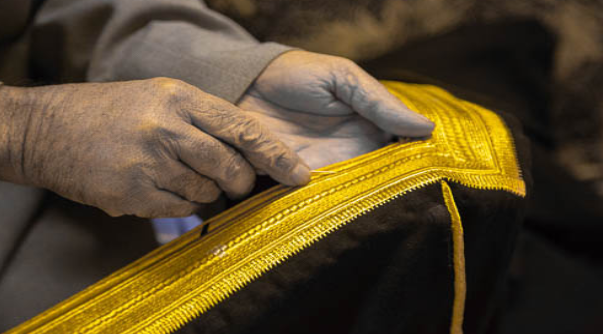
The craftsmanship involved in Bisht making has been passed down through generations, with families specializing in this intricate art form. These artisans possess a deep understanding of the fabrics, their textures, and the precise techniques required to achieve impeccable finishing.
Traditionally, Bisht making involved intricate hand embroidery, but modern techniques have introduced machine-made alternatives. However, the demand for handcrafted Bishts is still strong, as connoisseurs value the precision and unique touch that only skilled artisans can offer.
In conclusion, Bisht stands as a testament to the rich cultural heritage of the Middle East. Its historical significance, versatile styles, and association with traditional celebrations have earned it a special place in the hearts of the region’s inhabitants. From royalty to ordinary individuals, everyone recognizes the beauty and timeless appeal of Bisht, making it a cultural icon that continues to thrive in modern times.
FAQs:
- How long should a Bisht be?
The size of the Bisht is taken from the middle of the shoulder to the finger of the thumb in inches, and the resulting number is the appropriate size for you. The trench: The khibanah is the process of shortening the Bisht from the front, back and sides to be commensurate with the length of the wearer.
- What is the material of Bisht?
This cloak is usually made of wool and ranges in color from white, beige, and cream to the darker shades of brown, grey and black. The word Bisht is derived from the Persian — to go on one’s back. Originally the Bisht was worn in winter by Bedouins.
- Are Bisht Muslims?
Bisht is an Islamic clothing for men. It is especially worn in Arab countries.
